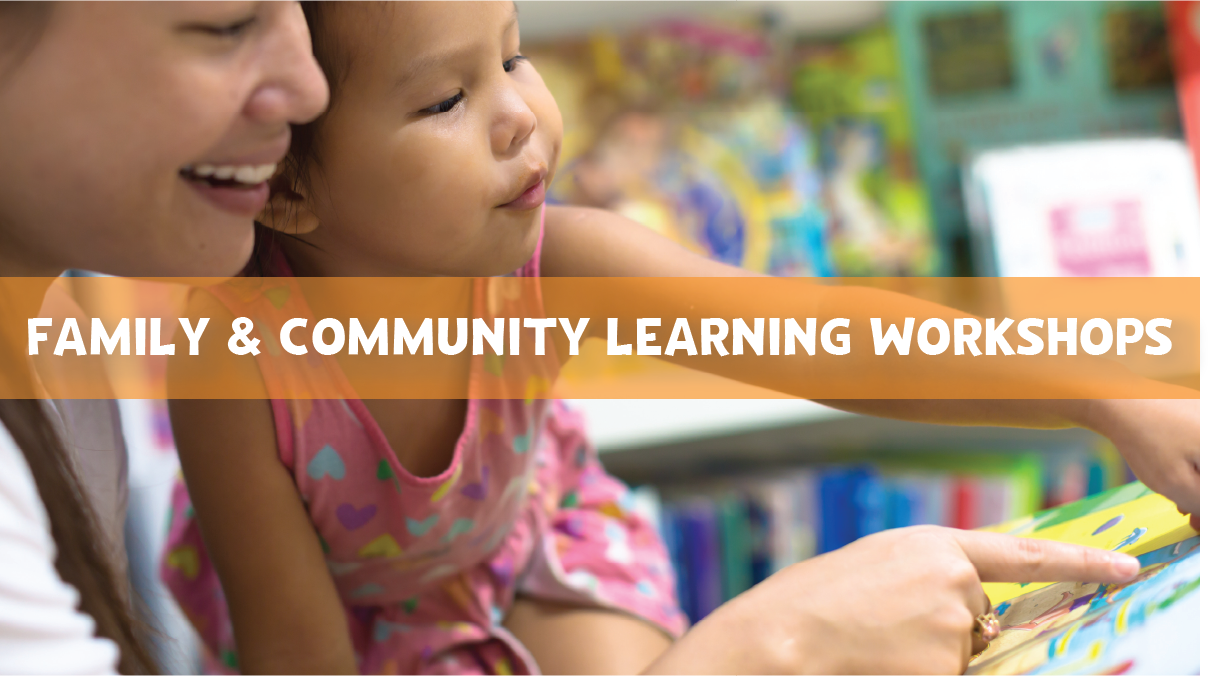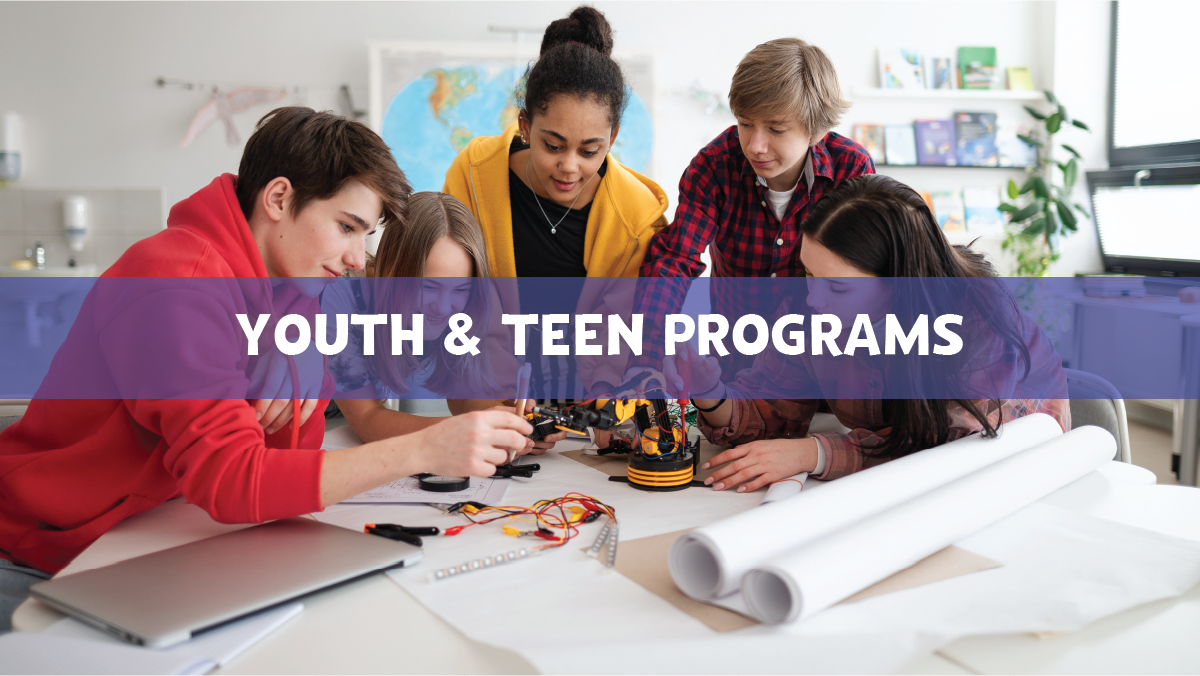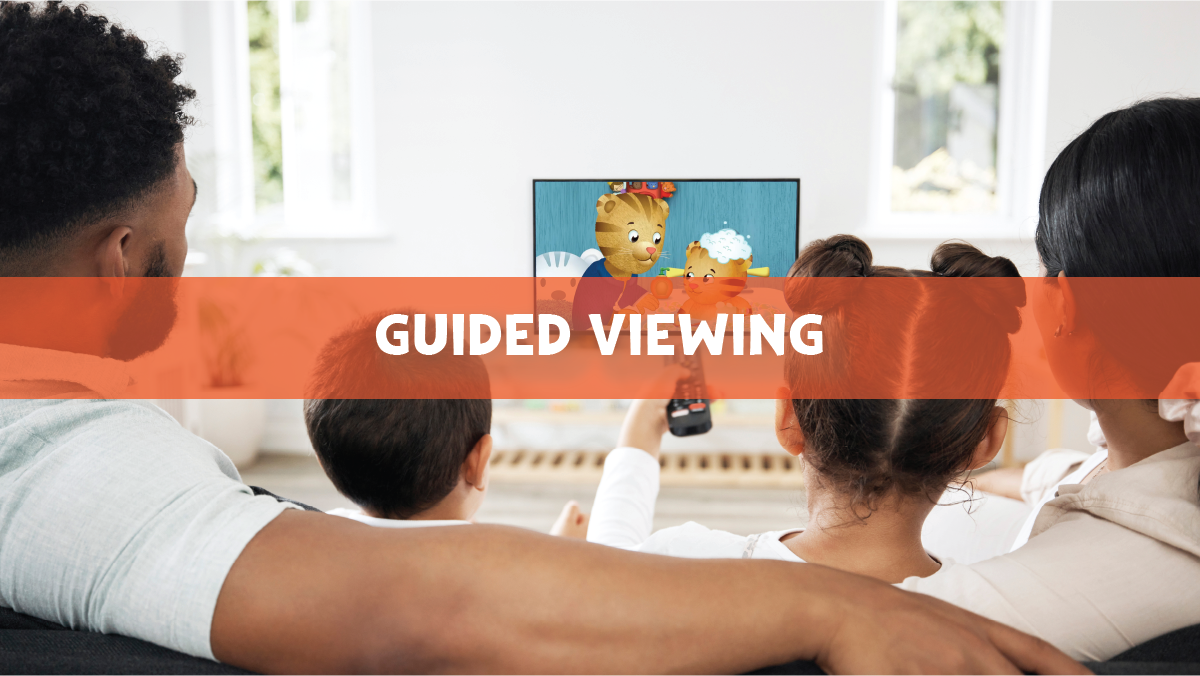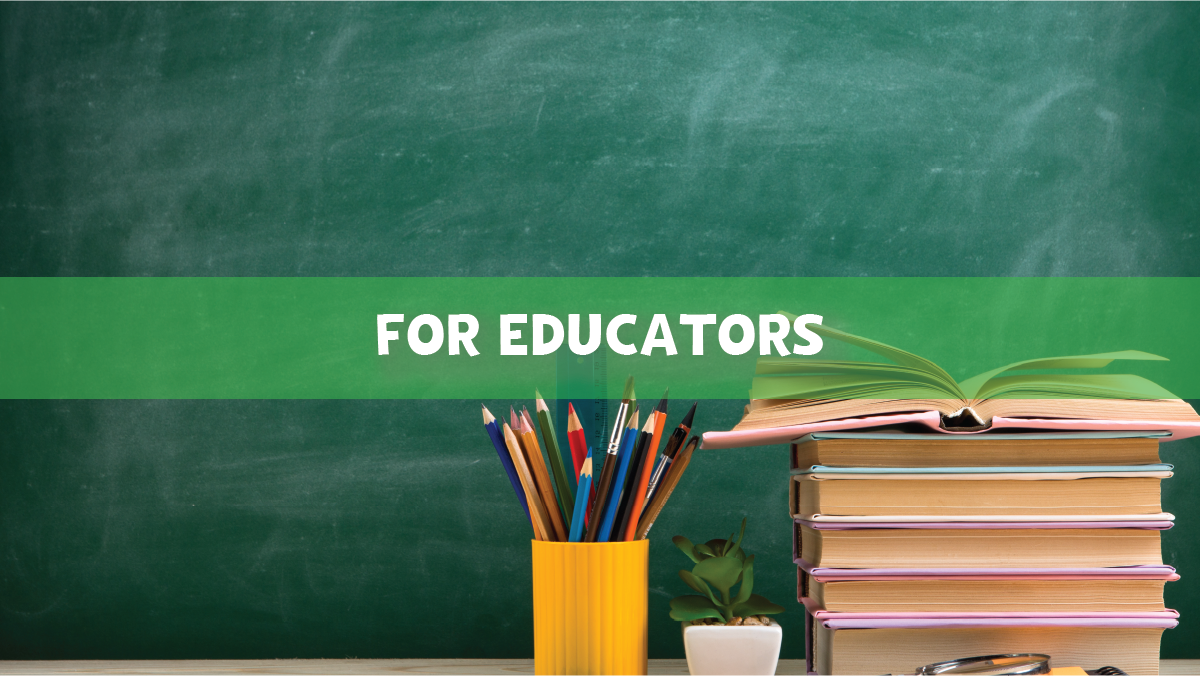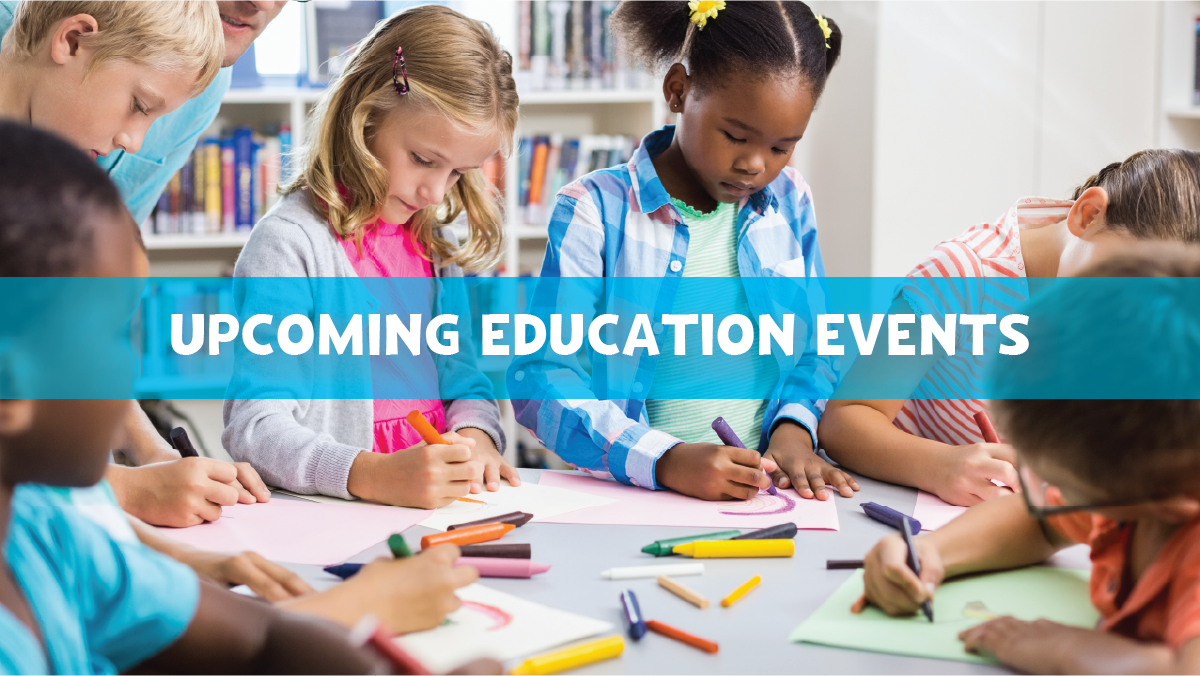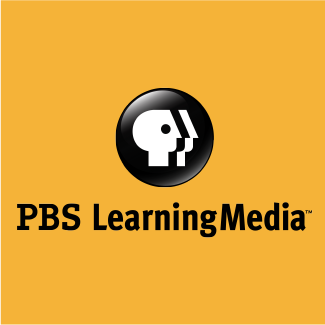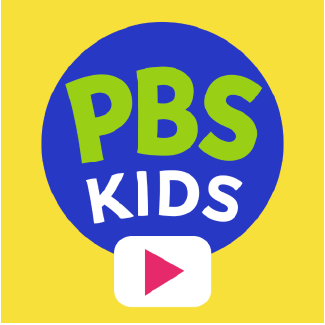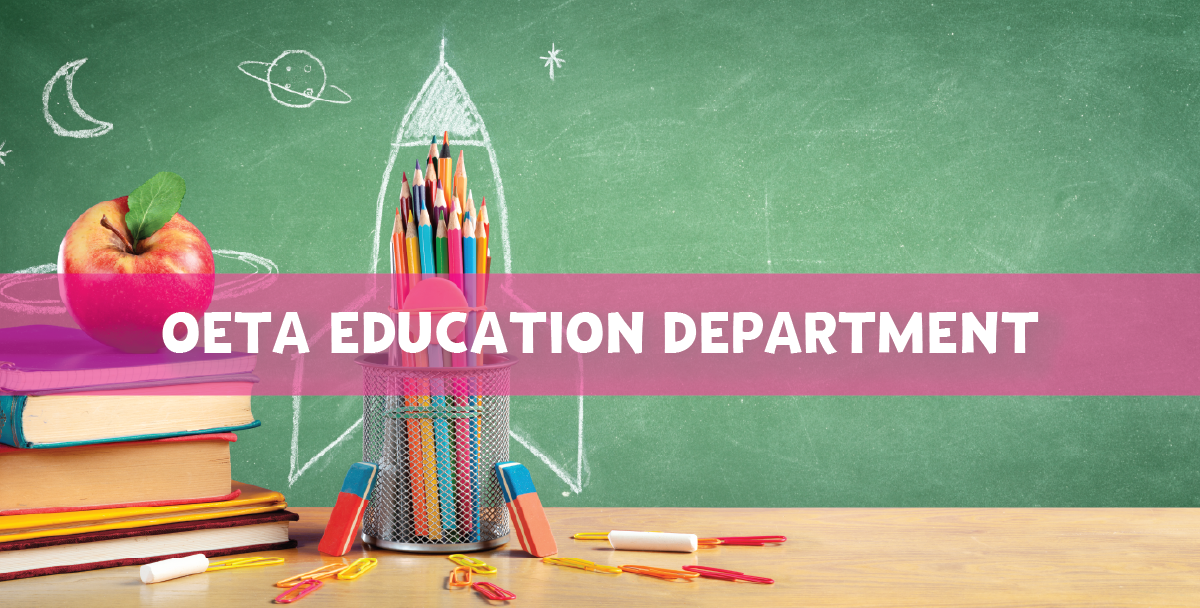
Building a Culture of Lifelong Learning in Oklahoma
OETA is committed to enriching the lives of Oklahomans through high-quality educational content and community-driven initiatives. The future of our state depends on supporting learners of all ages—empowering educators, parents, and caregivers with trusted resources that foster cognitive, social-emotional, and lifelong growth.
Through award-winning PBS KIDS programming, hands-on learning events, and digital tools tailored for PreK-12 education, OETA ensures that learning happens everywhere—at home, in classrooms, and within communities. Our partnerships across Oklahoma strengthen access to innovative teaching strategies, media-rich curriculum support, and opportunities for students to explore and succeed.
Explore our wide range of educational offerings, from engaging children’s programming to professional development for teachers, and join us in building a brighter future for Oklahoma learners.
PBS LearningMedia offers free, standards-aligned videos, lessons, and activities from trusted PBS programs, supporting engaging learning for all grade levels.
PBS KIDS for Parents offers expert advice, activities, and tips to support children’s learning, creativity, and social-emotional growth.
PBS KIDS Games App offers fun, enriching games with favorite PBS KIDS characters, helping kids build skills through play.


